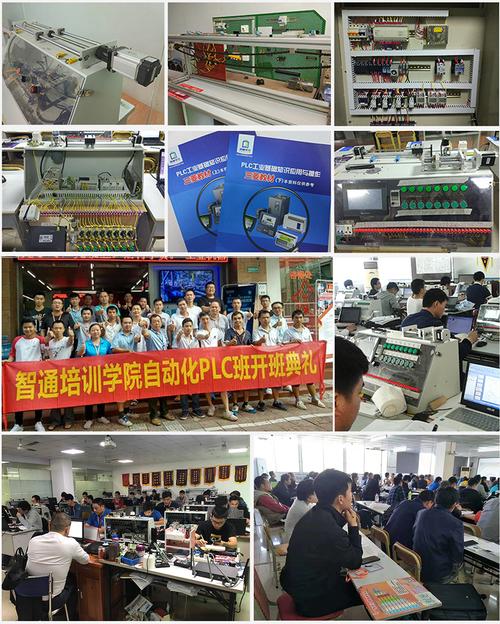The electronics industry stands as a dynamic ecosystem constantly propelled forward by innovation. Programming plays a pivotal role in shaping this landscape, driving advancements in hardware, software, and the integration of the two. Let's delve into how programming intersects with various facets of the electronics industry and explore its implications.
Embedded systems, the cornerstone of many electronic devices, rely heavily on programming. Microcontrollers and microprocessors power these systems, executing code to control hardware functionality. Programming languages like C, C , and assembly are commonly used for lowlevel system development. Additionally, domainspecific languages and frameworks such as Arduino and Raspberry Pi provide platforms for rapid prototyping and development.
Firmware serves as the bridge between hardware and software in electronic devices. It facilitates communication between components and enables device functionality. Firmware developers utilize programming languages such as C, Python, and assembly to write code that interacts directly with hardware interfaces. Understanding hardware specifications and constraints is crucial for efficient firmware development.
The IoT revolution has expanded the scope of electronics by connecting devices to the internet, enabling data exchange and remote control. IoT development encompasses a diverse range of technologies, including sensors, actuators, communication protocols, and cloud services. Programming languages like Python, JavaScript, and C are used for IoT application development, along with frameworks such as MQTT and CoAP for communication.
PCB design is a critical aspect of electronics engineering, involving the layout and routing of electrical components on a circuit board. While not traditional programming, PCB design software often incorporates scripting capabilities for automation and customization. Scripting languages like Python and Tcl are commonly used to automate repetitive tasks, generate design files, and interface with design libraries.
HDLs like Verilog and VHDL are used for designing and simulating digital circuits at the registertransfer level (RTL). HDLs enable hardware engineers to specify the behavior of electronic systems, which is then synthesized into physical hardware using tools like synthesis compilers. Proficiency in HDL programming is essential for designing complex digital systems such as CPUs, FPGAs, and ASICs.

Programming serves as a catalyst for innovation in the electronics industry, empowering engineers to design and develop cuttingedge electronic systems. Whether it's embedded systems, firmware, IoT applications, PCB design, or digital hardware, programming skills are indispensable for success in this rapidly evolving field. By embracing programming languages and tools, aspiring professionals can navigate the complex landscape of the electronics industry and contribute to its continued advancement.
文章已关闭评论!
2024-11-26 11:36:21
2024-11-26 11:35:16
2024-11-26 11:33:50
2024-11-26 11:32:33
2024-11-26 11:31:08
2024-11-26 11:29:48
2024-11-26 11:28:21
2024-11-26 11:27:01